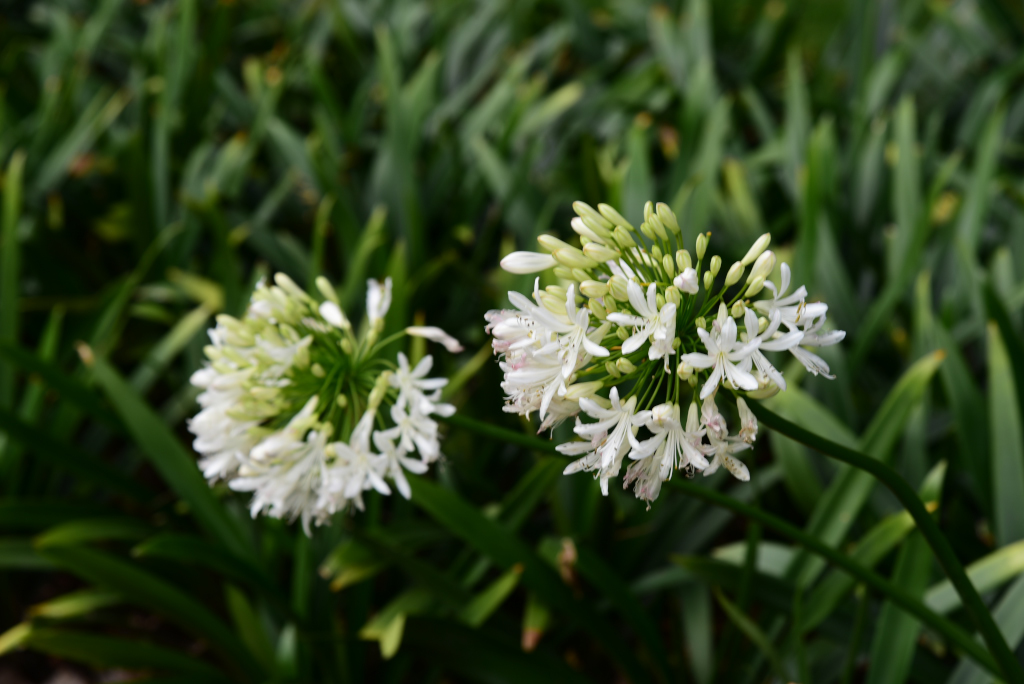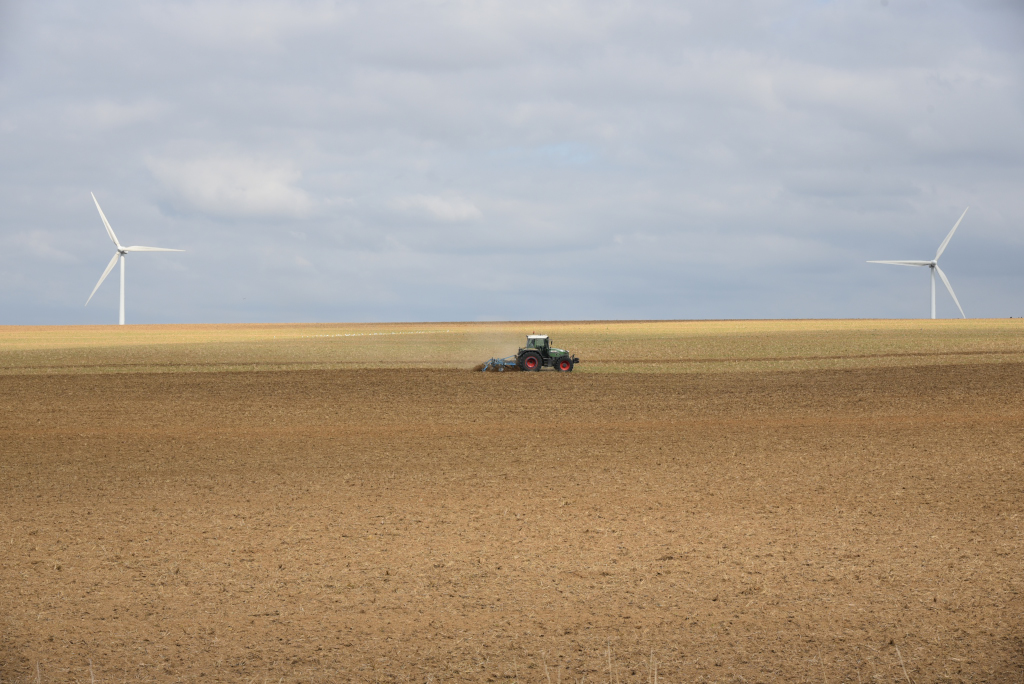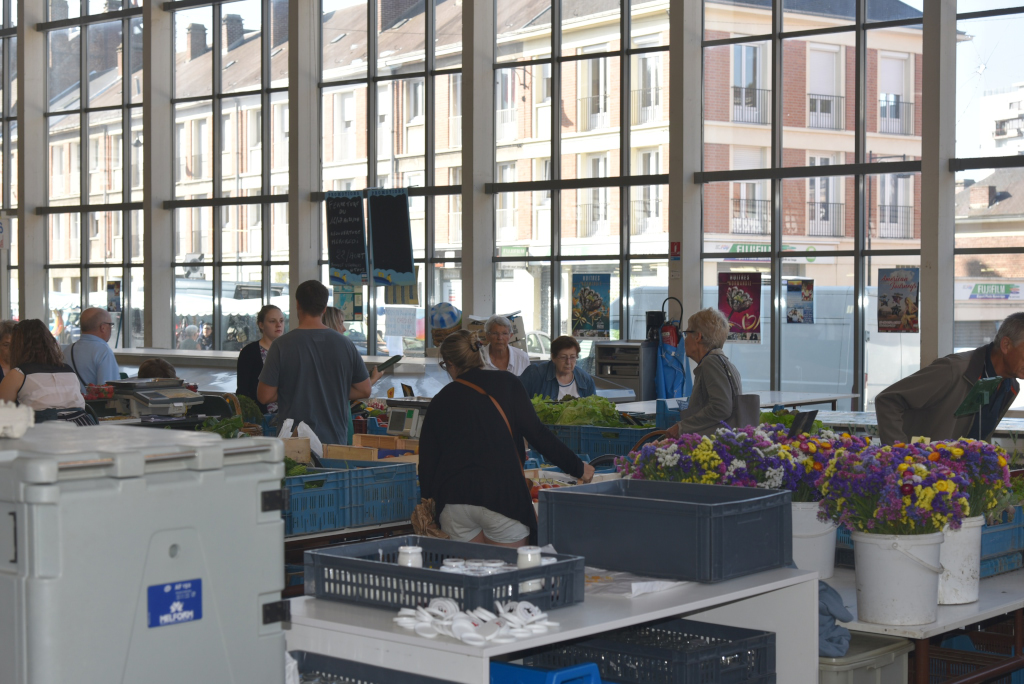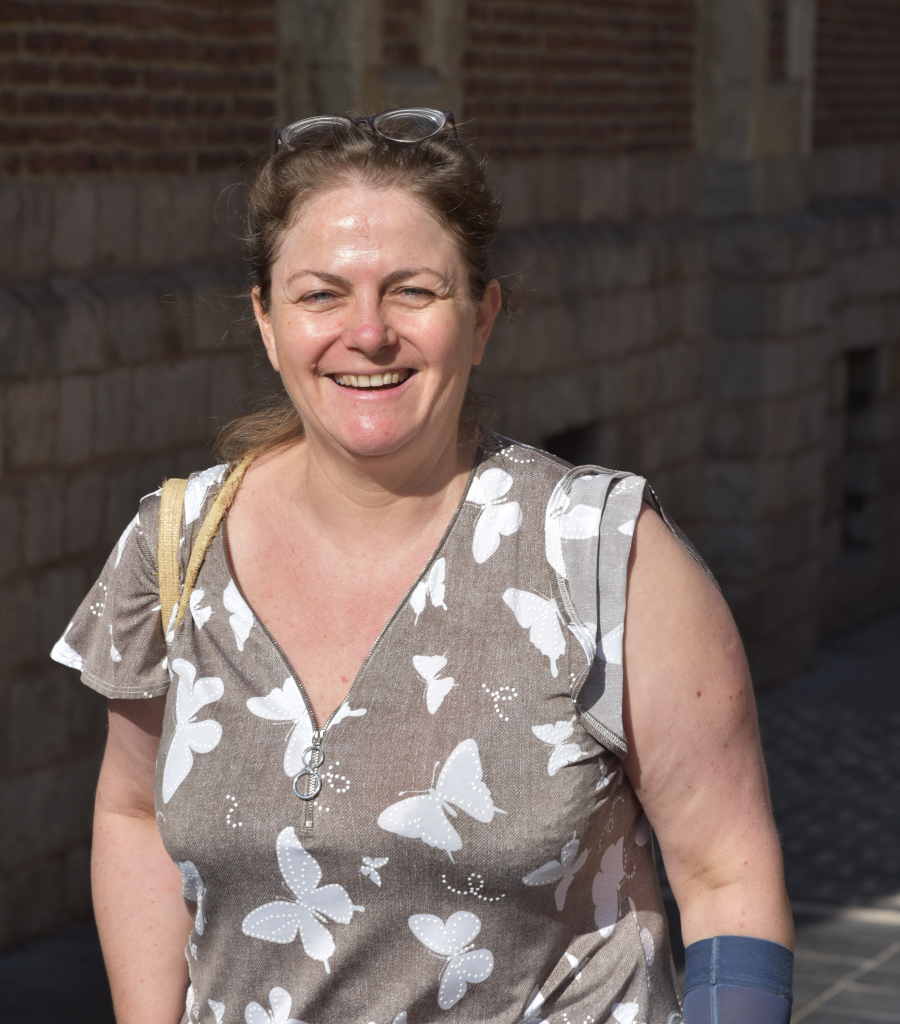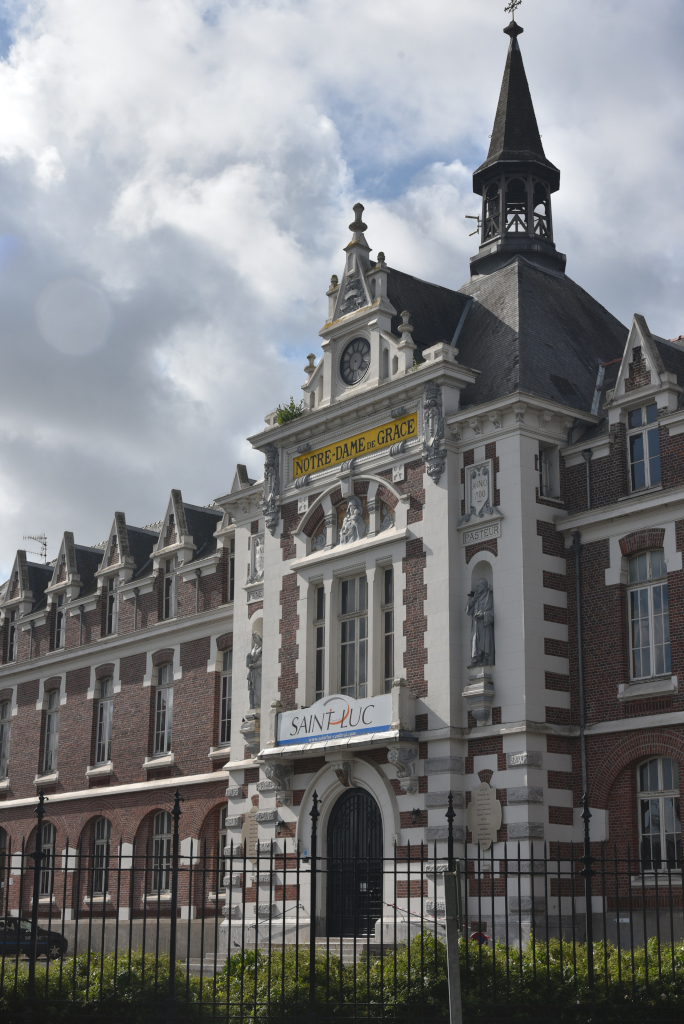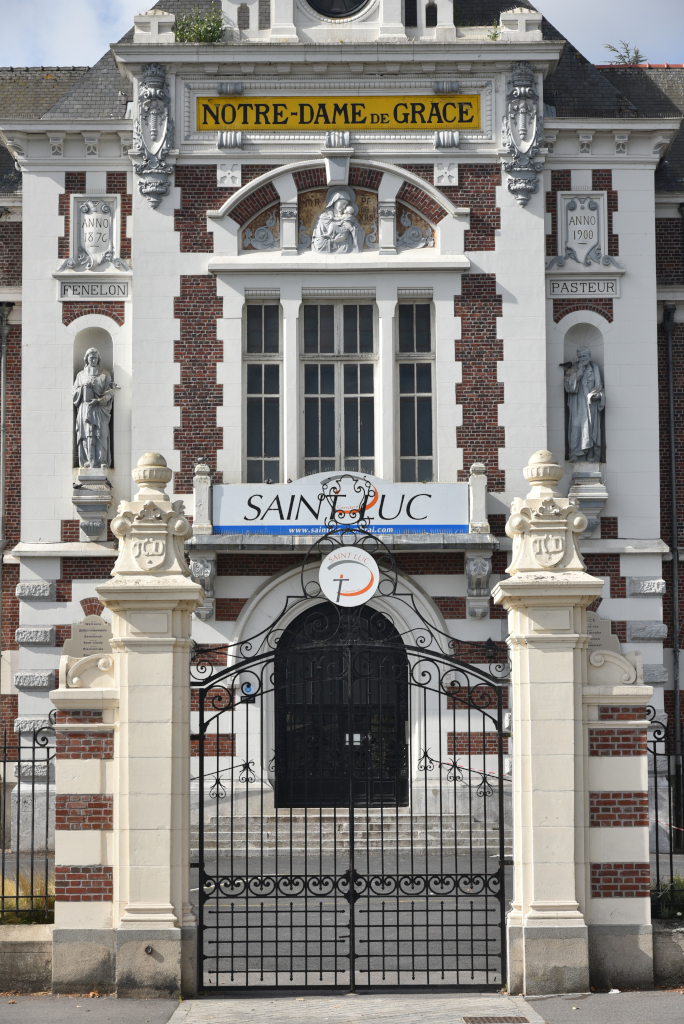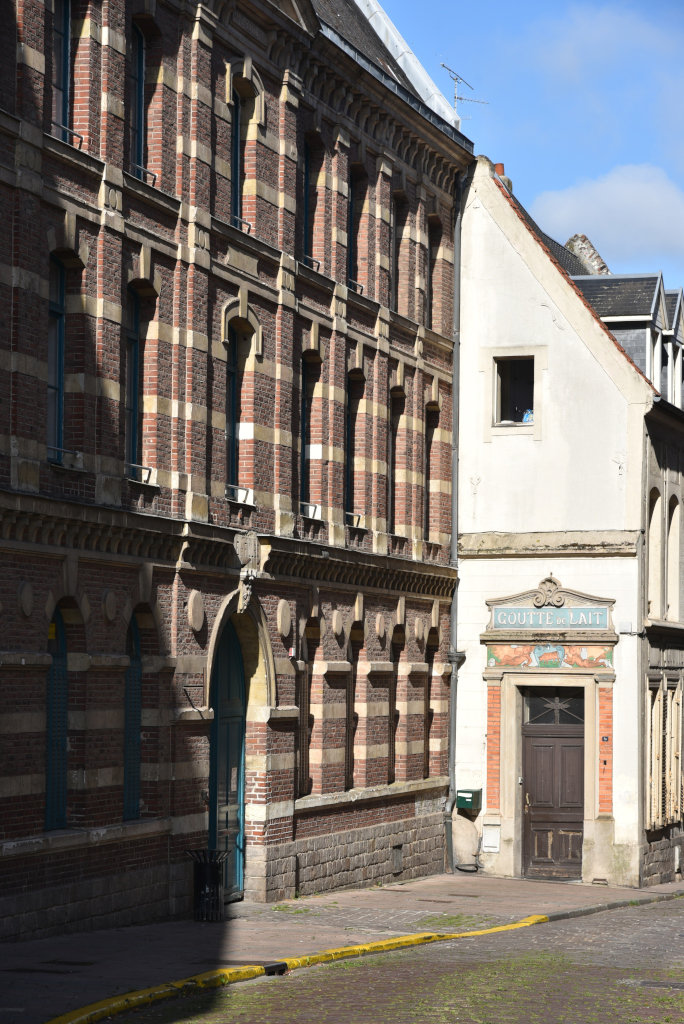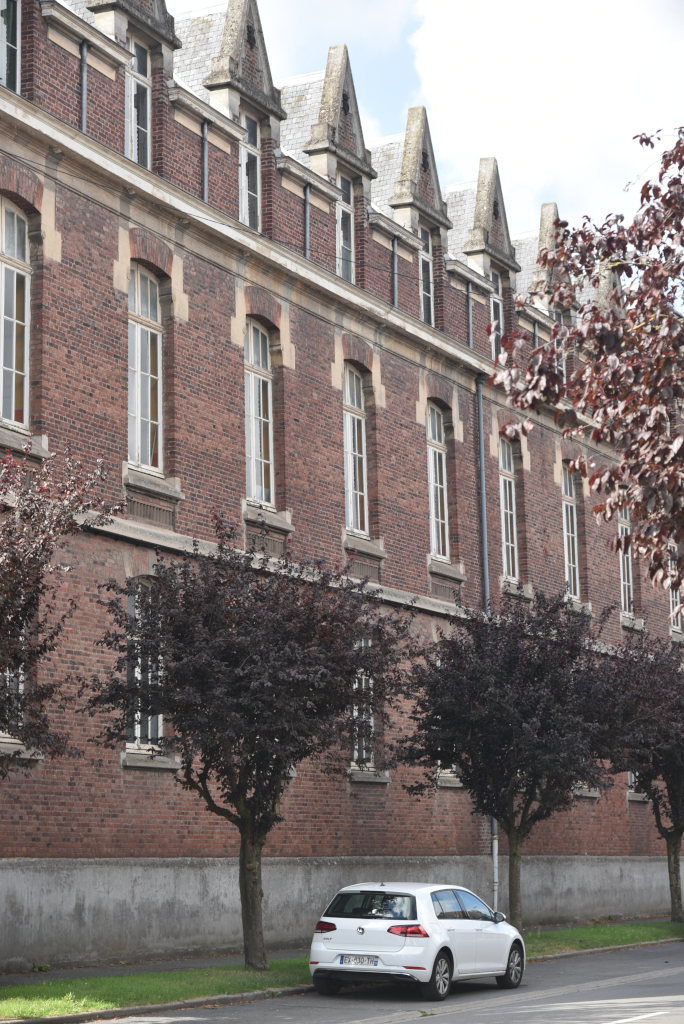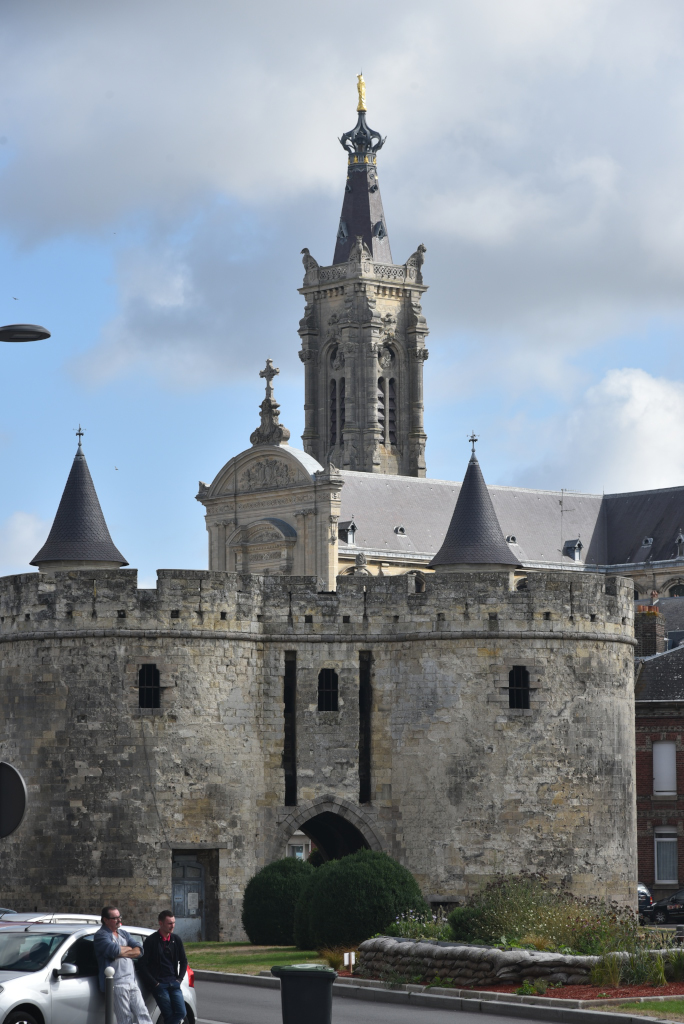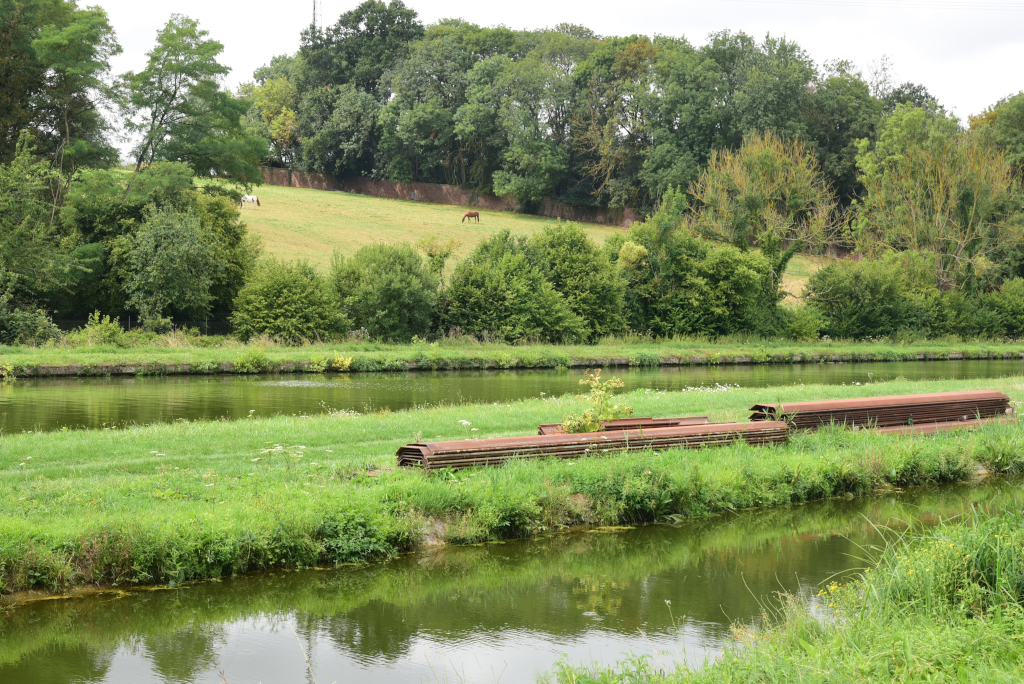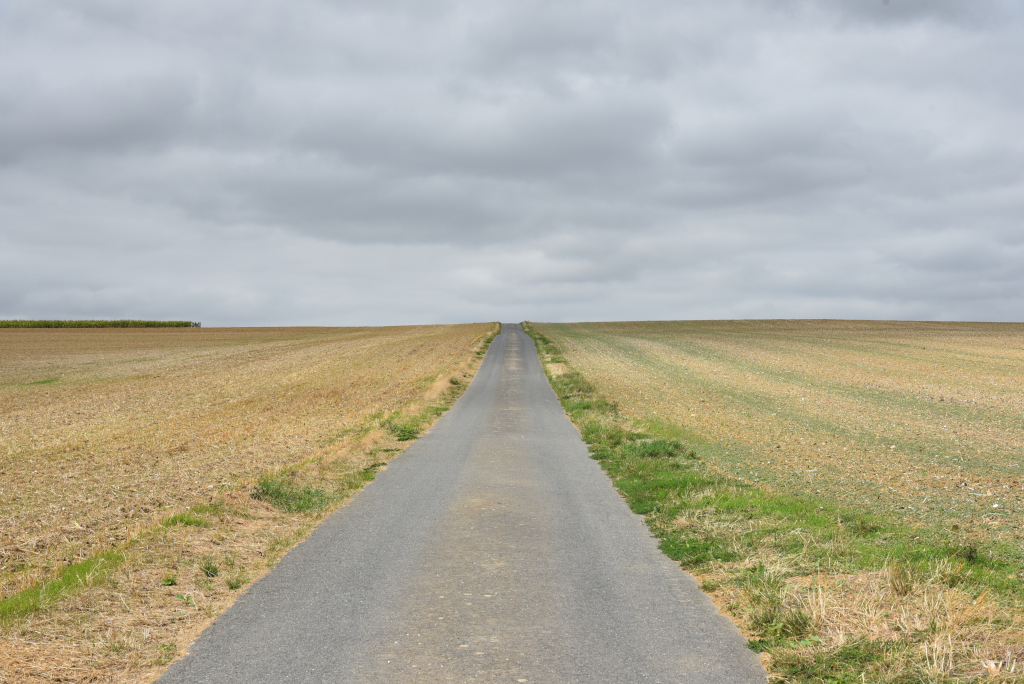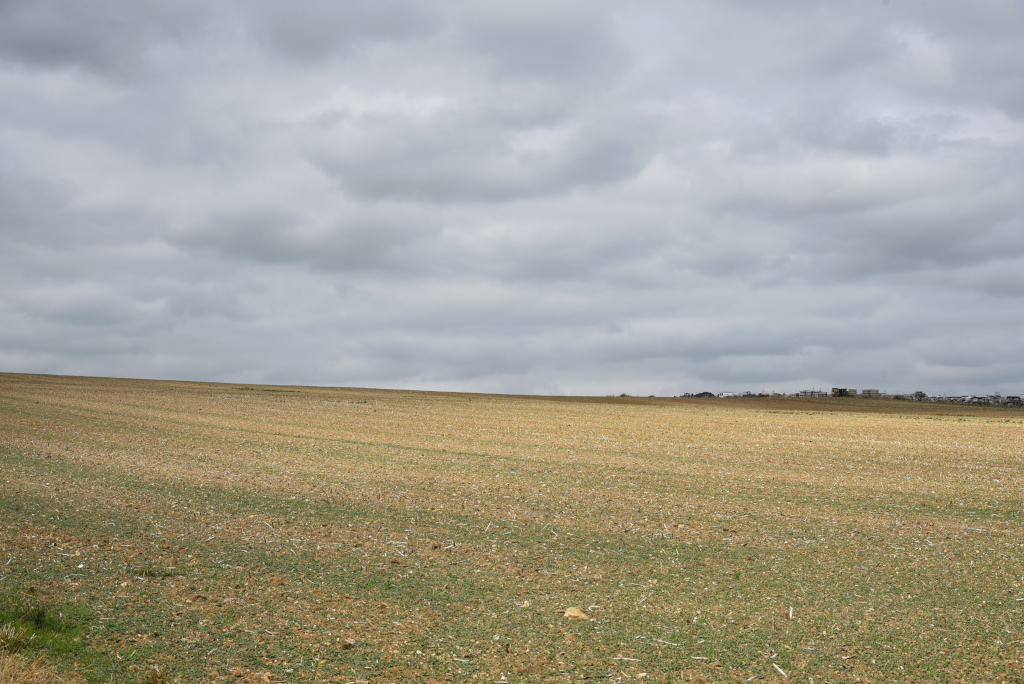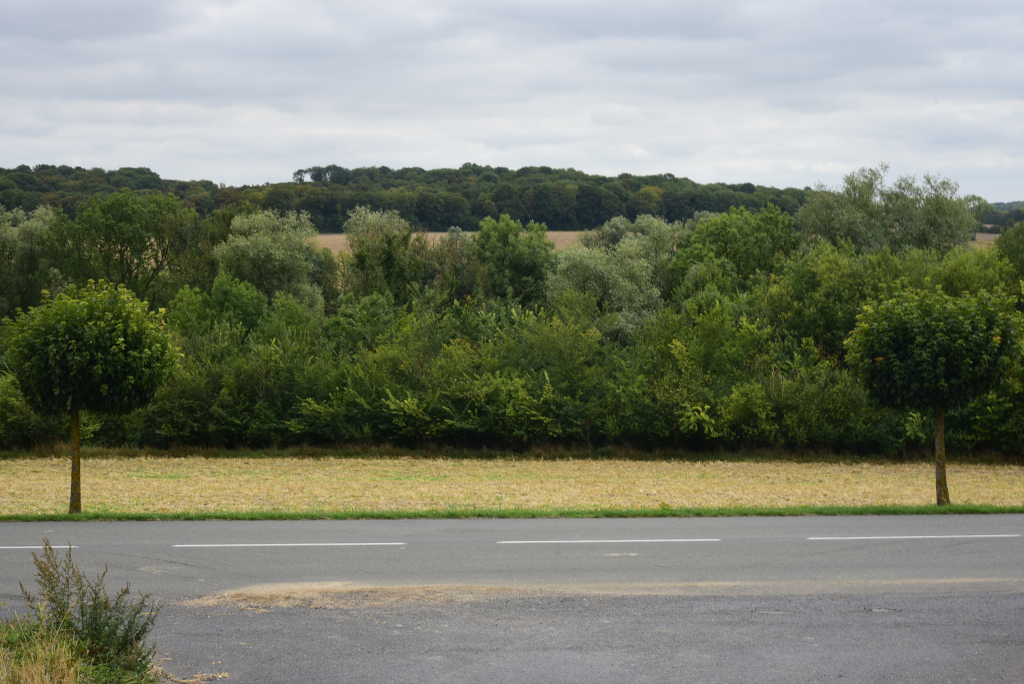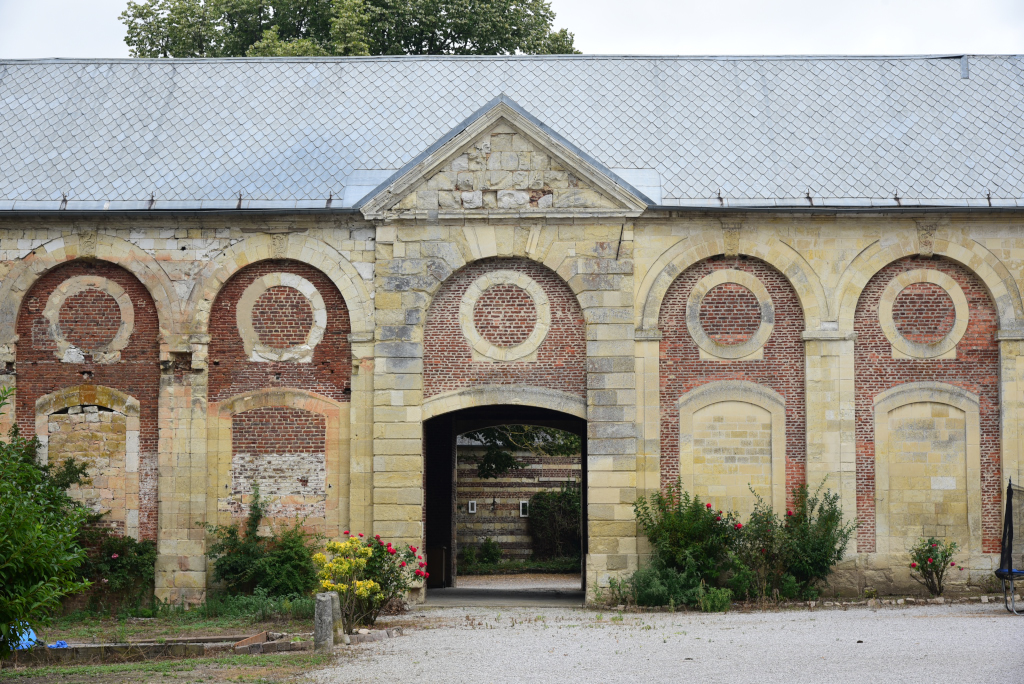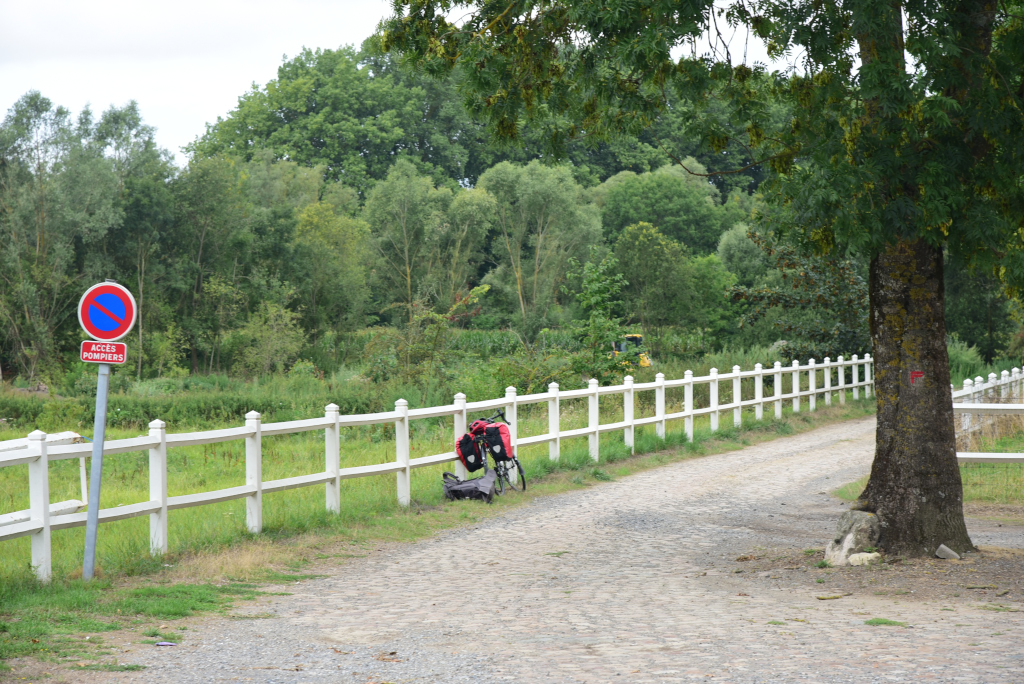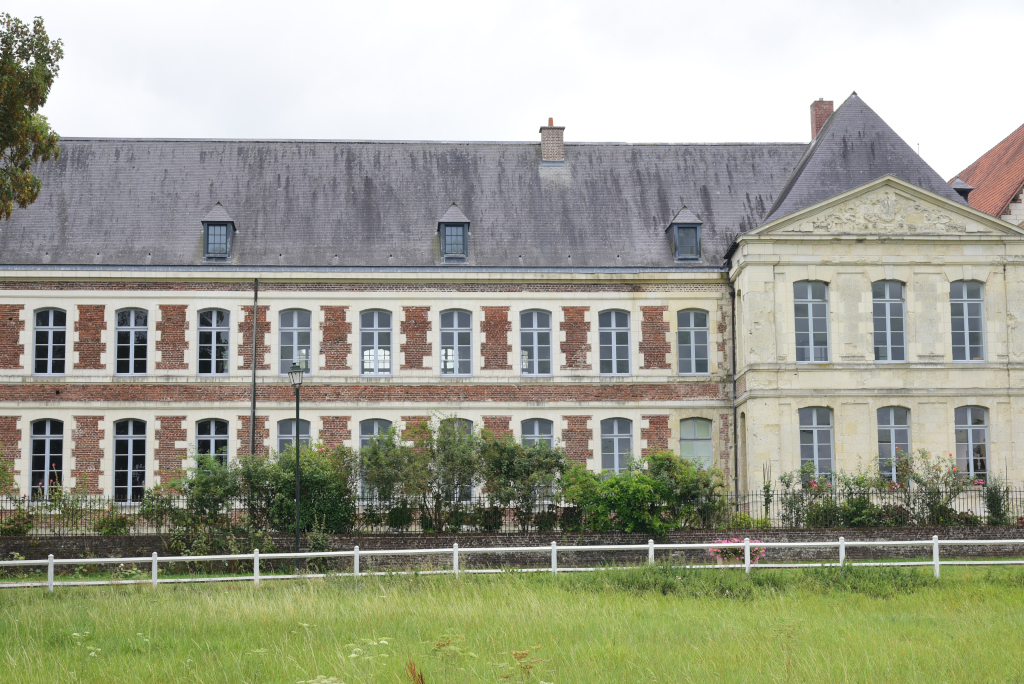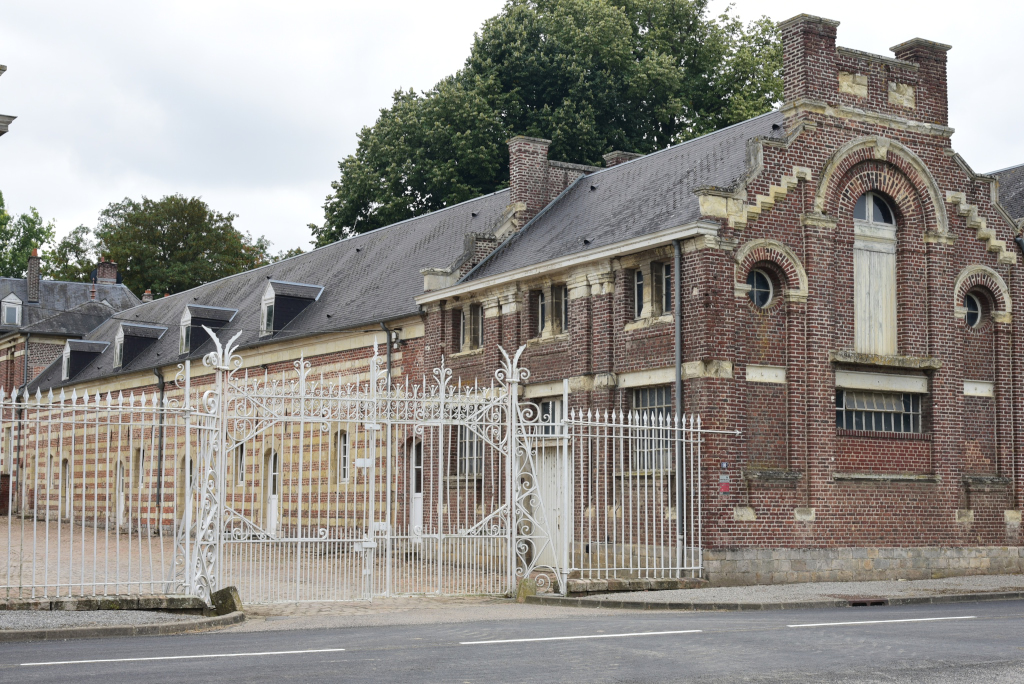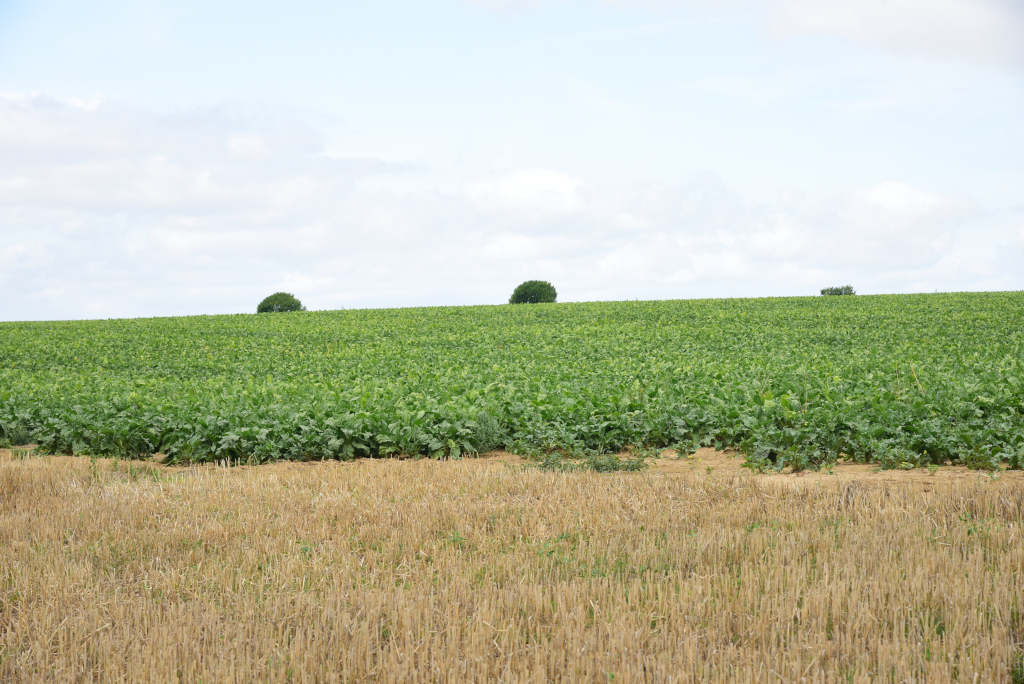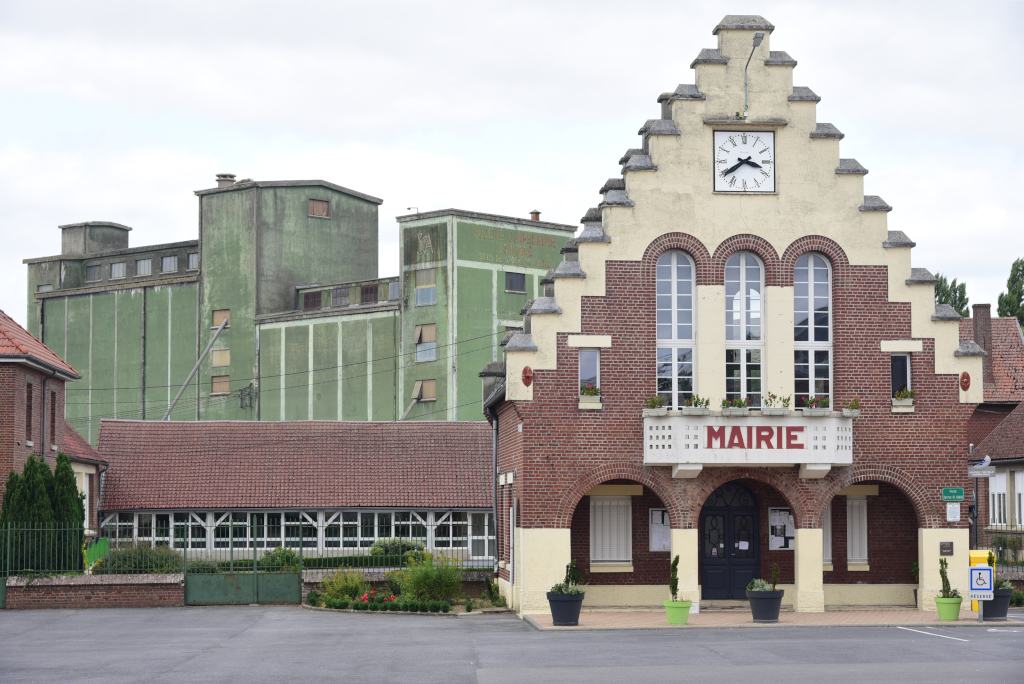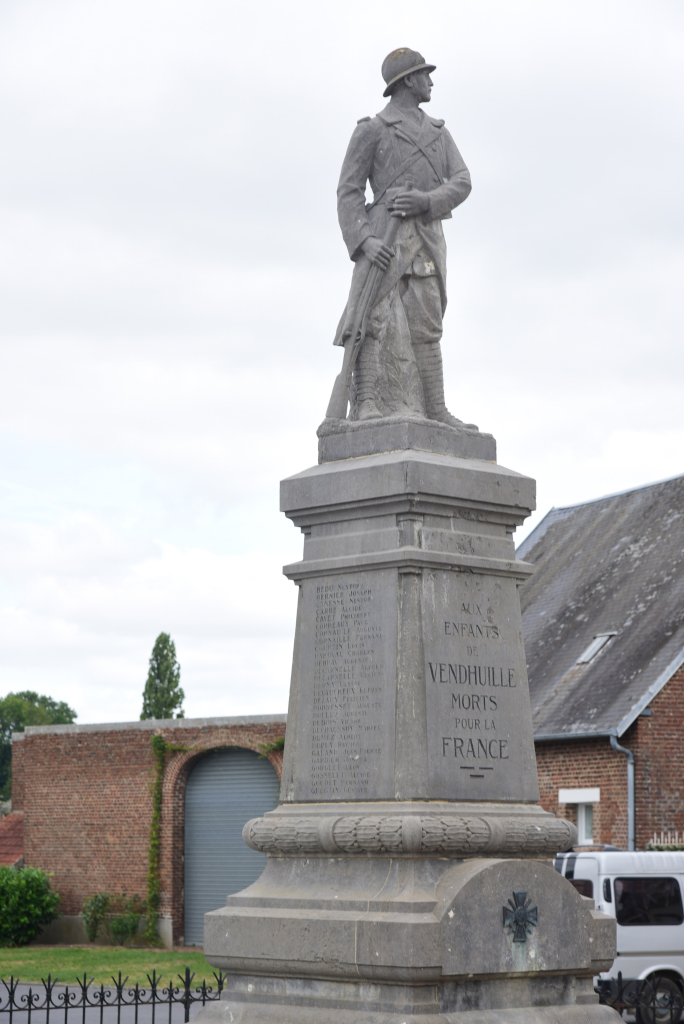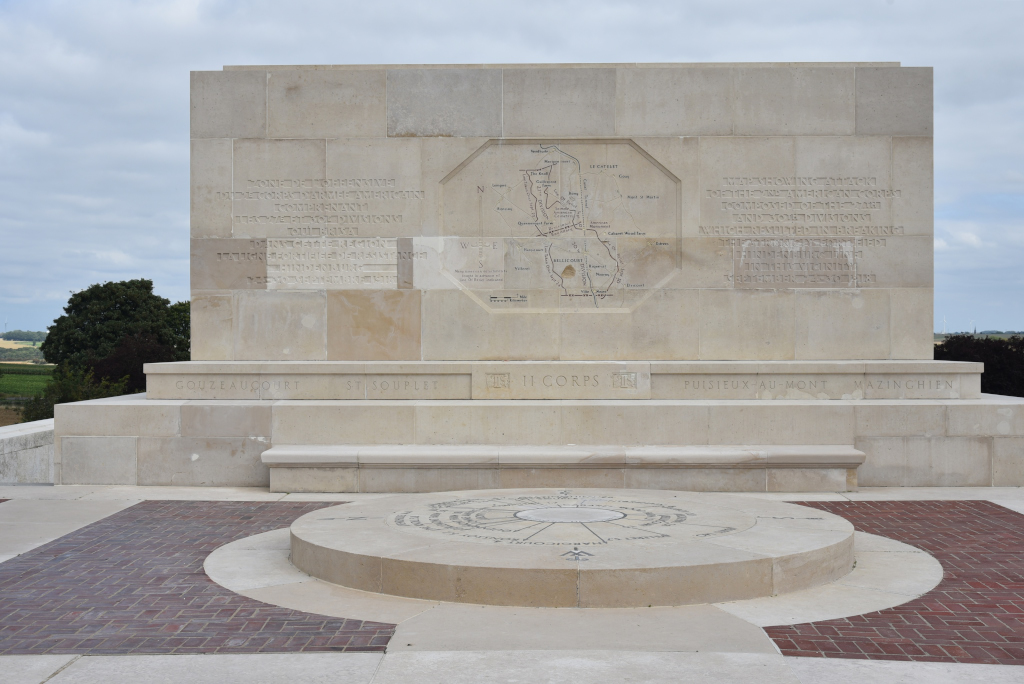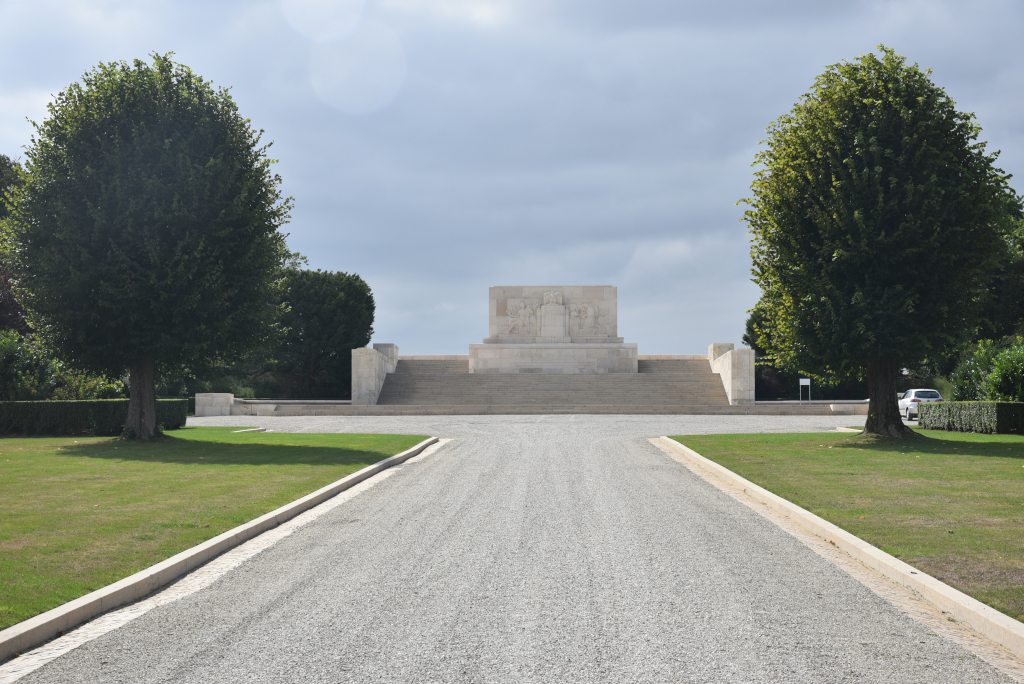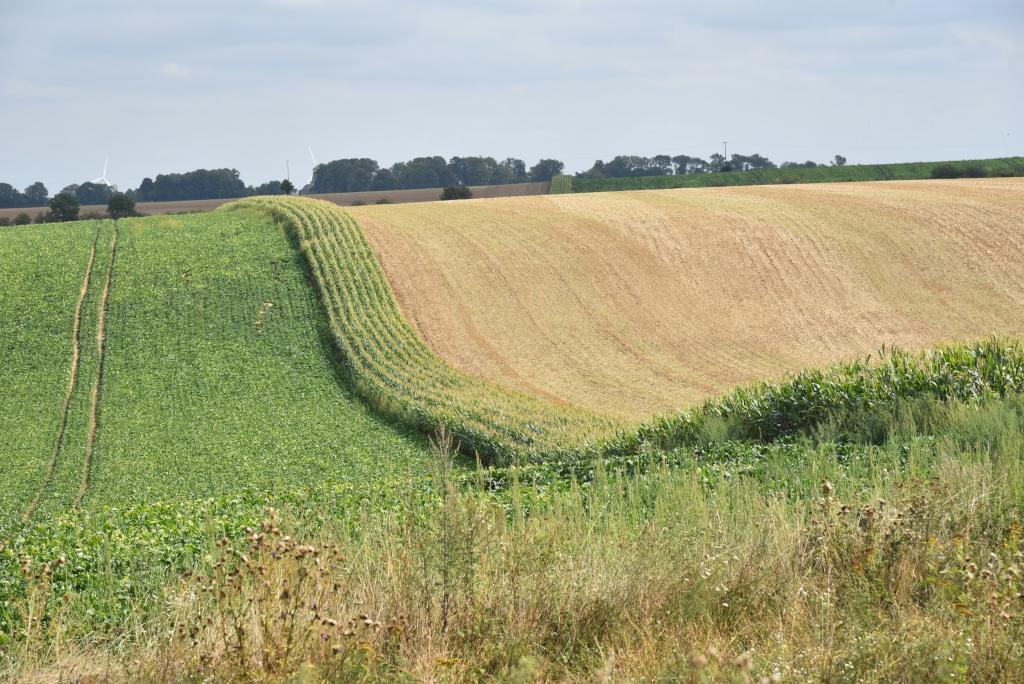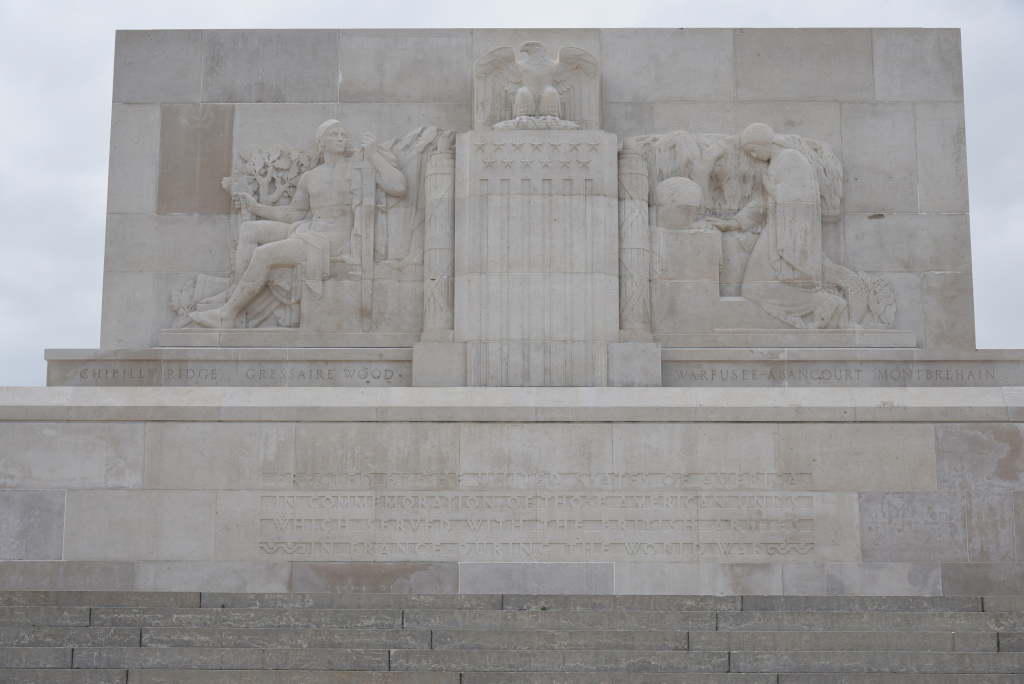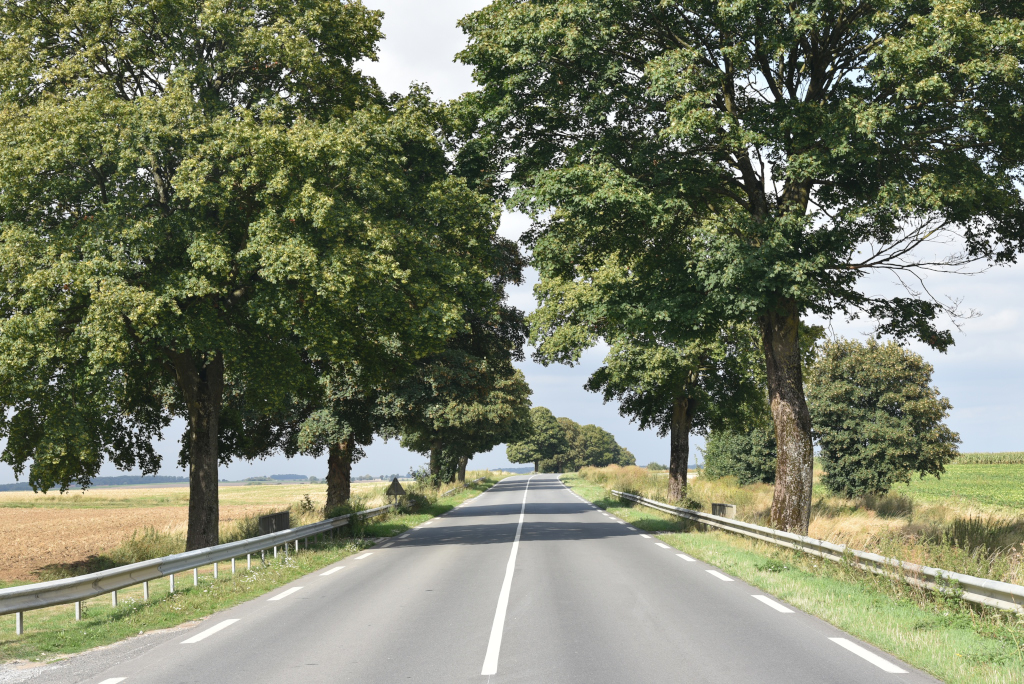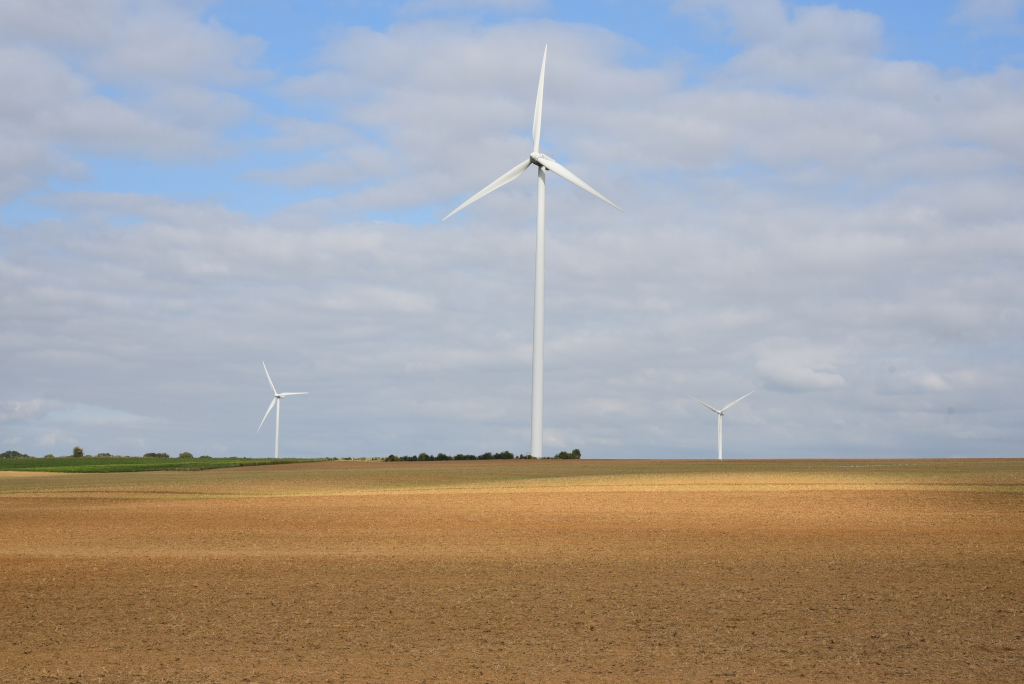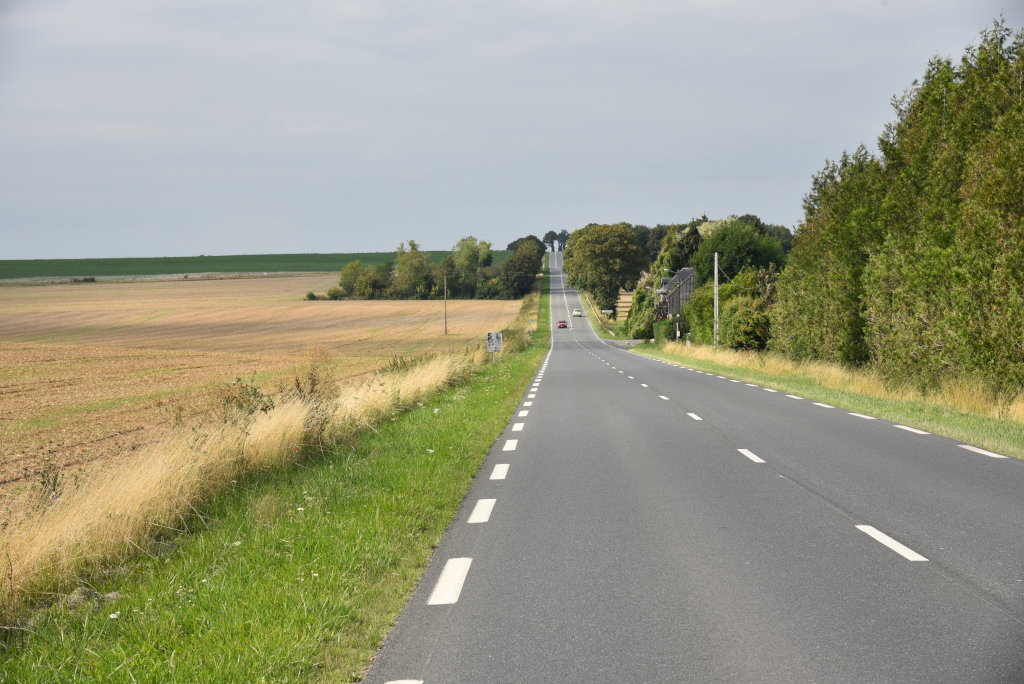August 18, 2018
I spend a final morning walking in the historic city of Cambrai with my charming AirBnB host Marie-France Ruelle, who brings me to the public market, where locals buy quality local produce and food products with almost religious zeal. She guides me through the oldest areas of town which date to the high Middle Ages, although most of the older city was lost to the ravages of ongoing wars.
Leaving town, I travel through the bucolic scenery to the likes of Crèvecœur-sur-l’Escau, a village situated along the Escaut river, since ancient times a conduit for trade and travel. Across broad plains I continue to the village of Vaucelles, beyond which is hidden among the copses of green the historic Abbaye de Vaucelles, a Cistercian abbey whose construction was begun in 1132 by Saint-Bernard. By the 13th century, the abbey had the biggest Cistercian church in Europe – bigger than Notre-Dame of Paris.
Onward towards Saint Quentin, the broad plains of northern Picardy interrupted by the solemn Bellicourt American War Memorial. The Bellicourt American Monument is nine miles north of St. Quentin, France. Erected above a canal tunnel built by Napoleon I, the memorial commemorates the achievements and sacrifices of the 90,000 American troops who served in battle with the British Armies in France during 1917 and 1918. Engraved on the rear facade of the monument is a map illustrating the American operations; on the terrace is an orientation table.
The countryside I pass through is the image of the northern French Picardy, featuring rolling plains of golden wheat, stretched out over broad, shallow hills that sink into fecund, heavily forested valleys, only to emerge again onto the shorn plateaux marked by nothing more than meridians of leafy trees and stately ivory wind turbines.
(Narrative excerpted from www.abmc.gov)
